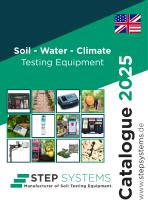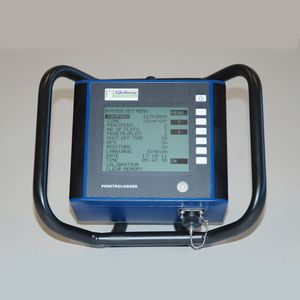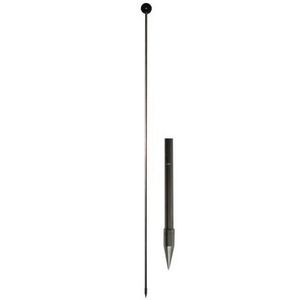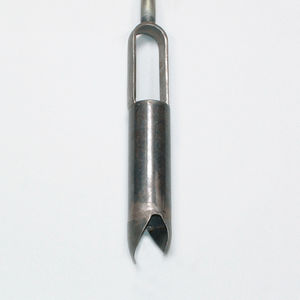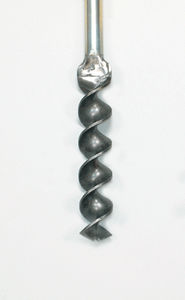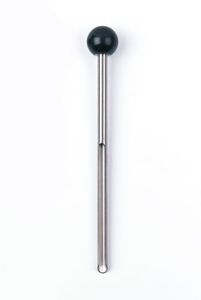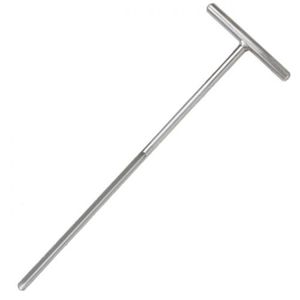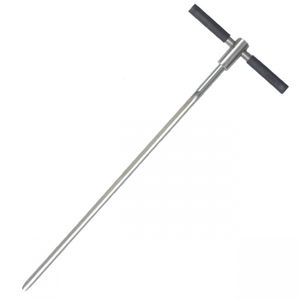
- Small Farm Equipment
- Grounds care equipment
- Earth auger
- STEP Systems GmbH
Earth auger Edelman
Add to favorites
Compare this product
fo_shop_gate_exact_title
Characteristics
- Diameter
7 cm
(2.8 in)- Length
Max.: 1,000 cm
(32.8 in)Min.: 123 cm
(48.4 in)
Description
Hand augers are extremely useful for soil science research and sampling for laboratory analyses. Each type of soil makes different demands to the different models of soil samplers. In the course of the years many models have been developed.
Years of experience and many contacts with soil researchers at home and abroad made it possible to achieve the optimum design for the four most popular types of hand augers: Edelman augers, Riverside augers, Stony
soil augers and Spiral augers.
The augers have been made of a high grade non-toxic steel and a carefully selected hardening treatment contributes to achieve a wear resistant and solid design.
Single-part Augers
This type of soil auger is by far the most used auger. The typical geodynamical design allows for a minimum of friction during penetration into and the extraction from the soil, which means less physical effort. There are 4 types: the clay-, sand-, coarse sand- as well as a combination type.
Technical data:
.Edelman auger, clay type, Ø 7 cm: 1.5 kg, 123 × 39 × 6 cm
.Edelman auger, sand type, Ø 7 cm: 1.6 kg, 124 × 39 × 7 cm
.Edelman auger, coarse sand type, Ø 7 cm: 1.7 kg, 123 × 39 × 7 cm
.Edelman auger, combination type, Ø 7 cm: 1.5 kg, 124 × 39 × 7 cm
Bi-partite Augers
All mentioned augers are available as single-part augers or bi-partite augers. Extension rods with bayonet connection can be applied when the sampling depth can not be reached with a single or standard bi-partite auger. With hand auger equipment a depth of 8-10 meter can realistically be achieved.
Technical data:
.Handle standard version, 60 cm, bayonett: 1.2 kg, 68 × 38 × 2 cm
.Bottom part clay type, Ø 7 cm: 0.9 k, 96 × 6 × 6 cm
Catalogs
Catalogue 2025
25 Pages
Related Searches
*Prices are pre-tax. They exclude delivery charges and customs duties and do not include additional charges for installation or activation options. Prices are indicative only and may vary by country, with changes to the cost of raw materials and exchange rates.



